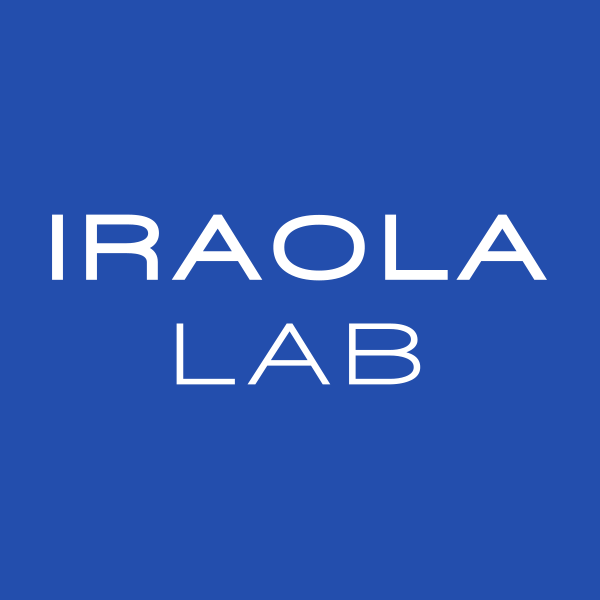May 07, 2020
Sampling and viral concentration for SARS-CoV-2 detection in wastewater
- Veronica Antelo1,
- Iraola Lab1
- 1Microbial Genomics Laboratory, Institut Pasteur Montevideo, Uruguay
- Coronavirus Method Development Community

Protocol Citation: Veronica Antelo, Iraola Lab 2020. Sampling and viral concentration for SARS-CoV-2 detection in wastewater . protocols.io https://dx.doi.org/10.17504/protocols.io.bf5mjq46
License: This is an open access protocol distributed under the terms of the Creative Commons Attribution License, which permits unrestricted use, distribution, and reproduction in any medium, provided the original author and source are credited
Protocol status: In development
We are still developing and optimizing this protocol.
Created: May 07, 2020
Last Modified: May 07, 2020
Protocol Integer ID: 36749
Guidelines
This protocol has been effective at recovering enveloped viruses genes for qPCR detection, but not appropriate when infective viruses are desired.
Materials
STEP MATERIALS
200 mL to 1 L plastic bottles with screw cap
0.25 N glycine buffer (pH 9.5)
2× phosphate-buffered saline (PBS, pH 7.2)
Protocol materials
200 mL to 1 L plastic bottles with screw cap
0.25 N glycine buffer (pH 9.5)
2× phosphate-buffered saline (PBS, pH 7.2)
200 mL to 1 L plastic bottles with screw cap
0.25 N glycine buffer (pH 9.5)
2× phosphate-buffered saline (PBS, pH 7.2)
Sampling wastewater
Sampling wastewater
Autoclave plastic containers and expose to UV for 10 min.
200 mL to 1 L plastic bottles with screw cap
Fill bottles with wastewater at sampling points using sterile gloves.
Note
Sampling points may be diverse and accessibility to water sources will be sometimes difficult depending on site infrastructure. Consider these aspects before starting sampling.
Note
If site is inaccessible by hand, use a rope tied to the bottle to reach narrow or deep places. When recovering the bottle, immediately tap it and sanitize the outside using EtOH 70%.
Place bottles in a refrigerated container (i.e. with ice flakes or gel packs) until returning to the lab. Our sampling days usually take 4-6 hours since first sample is collected.
Concentration by ultracentrifugation
Concentration by ultracentrifugation
1h
1h
Prepare your reagents and materials:
Equipment
Ultracentrifuge
NAME
Beckman Coulter
BRAND
XPN-90
SKU
Your ultracentrifuge must reach 100,000 x g and cool down to 4º C
SPECIFICATIONS
Equipment
Centrifuge
NAME
Bench centrifuge
TYPE
Eppendorf
BRAND
5424
SKU
0.25 N glycine buffer (pH 9.5)
2× phosphate-buffered saline (PBS, pH 7.2)
Place 42 mL of sewage water in an appropiate ultracentrifugation tube and ultracentrifugate as follows:
100000 x g
4 °C
01:00:00
1h
Discard supernatant resuspend pelleted viral particles as follows:
Discard supernatant.
Resuspend viral particles in 3.5 mL glycine buffer .
5m
Incubate on ice for 00:30:00
30m
Add 3.5 mL PBS and gently mix.
5m
Clarify supernatant by centrifugation as follows:
12000 x g
00:15:00
15m
Finally recover viruses by ultracentrifugation as follows:
100000 x g
4 °C
01:00:00
1h
Resuspend viruses in 200 µL PBS .
Process immediately for nucleic acid extraction or store at -80 °C .
